Rocky Mountain Bird Observatory and collaborators recently finished a third field season studying overwinter survival and habitat use of Baird’s and Grasshopper Sparrows in the Chihuahuan Desert grasslands of northern Mexico. It was an ambitious season: Across the three sites in Chihuahua, Durango and Coahuila, dedicated teams captured, radio-tagged and tracked 120 Baird’s Sparrows and 135 Grasshopper Sparrows, amassing thousands of location points over three-and-a-half months.
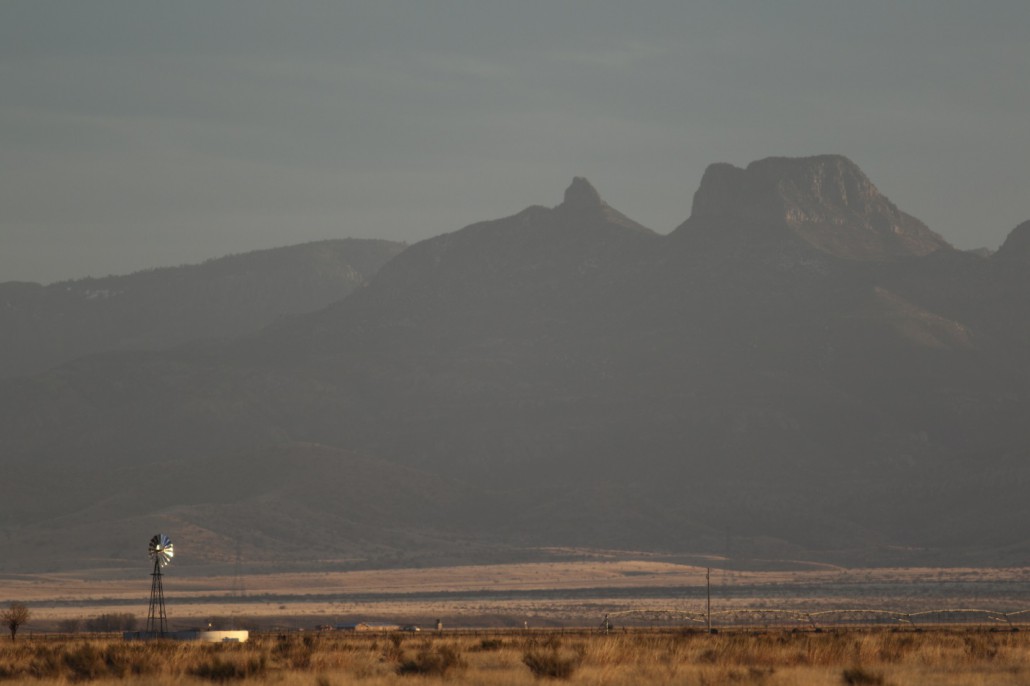
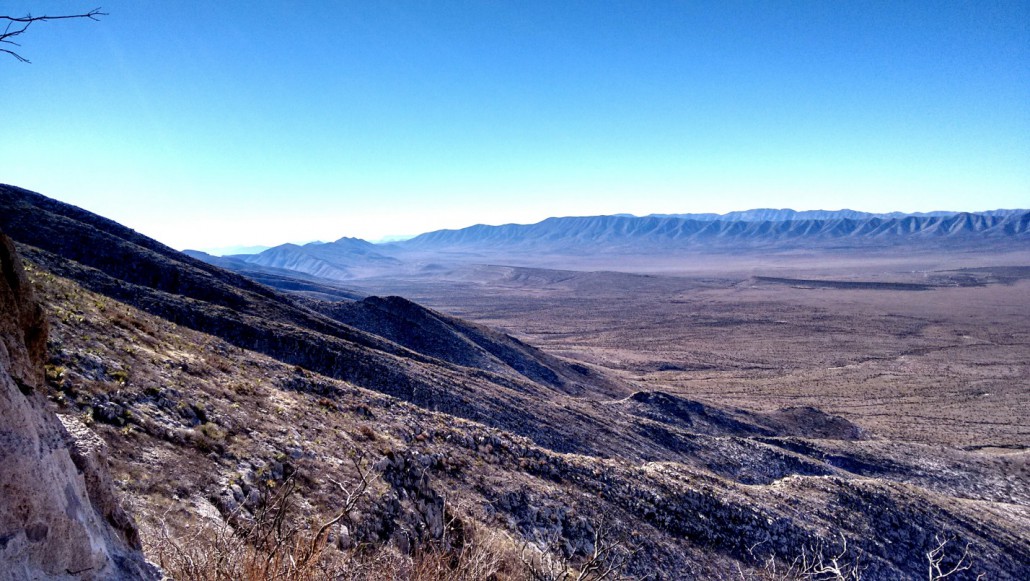
A Summary of the Data
One of our primary goals is to determine mortality and survival rates of these birds. Birds in Durango experienced the highest mortality rates, with 66 of 127 radio-tagged sparrows there killed by predators, such as Loggerhead Shrikes and American Kestrels. Only 7 of 39 birds and 25 of 91 birds were killed at the Coahuila and Chihuahua sites, respectively.
At the Chihuahua site, where birds have been monitored for three winters, we’ve seen a lot of variation in apparent survival. We consider a bird to have survived if we recaptured it at the end of the season or if it was observed alive through expected transmitter life (50-60 days). In Chihuahua, about 26% of radio-tagged birds survived the very cold and wet winter of 2012-13, compared with about 53% of radio-tagged sparrows surviving in 2013-14, a warmer winter with better grass cover and higher bird densities. This season, which was generally cooler than last winter, fell in the middle with 42% of radio-tagged birds surviving. Preliminary results from the first two seasons in Chihuahua suggest cooler temperatures are detrimental to survival. Further analyses may elucidate whether factors such as dense grass, which provides thermal refuge for sparrows and cover from predators, or taller shrubs, which act as perches for predators, influenced this season’s survival rates.
As with any telemetry study, a proportion of birds go missing or we cannot explain their fate. Across the three sites, 38% of individuals went missing or had unknown fates. It is unclear what happened to these birds, although it is possible many of them left the study area to find new territories. Preliminary analyses of winter 2012-13 and 2013-14 data suggest that a proportion of the wintering population makes forays to new territories or wander widely across the study area. Thus, some individuals may have moved out of our range of detection. We attempt to age all birds and collected feathers to genetically determine sex to see if this can explain differences in movement patterns.
Tracking a Lone Pipit
In addition to the Baird’s and Grasshopper Sparrows, we tracked a lone Sprague’s Pipit for 45 days to gather data on movement and habitat preferences. These data are extremely novel and valuable as this is the first radio-tagged Sprague’s Pipit to be tracked on its wintering grounds! On our last day in the field, employing persistence, stealth and creativity, we recaptured this individual and removed its transmitter. We now have new insight into how we can advance the study of this rare and declining species and aim to capture and track other Sprague’s Pipits in subsequent winters.
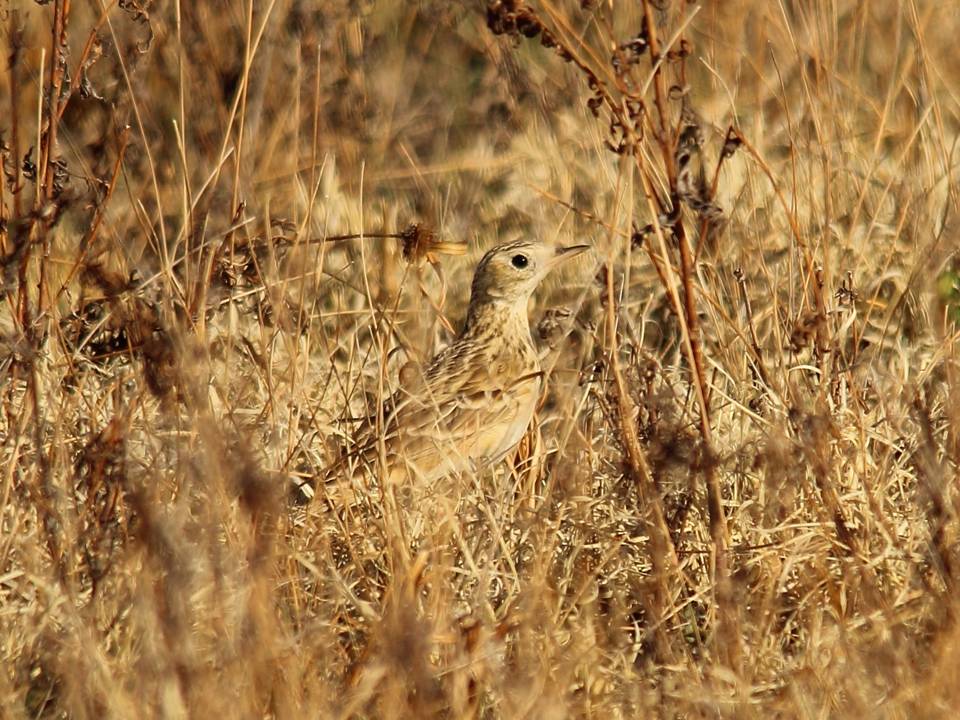
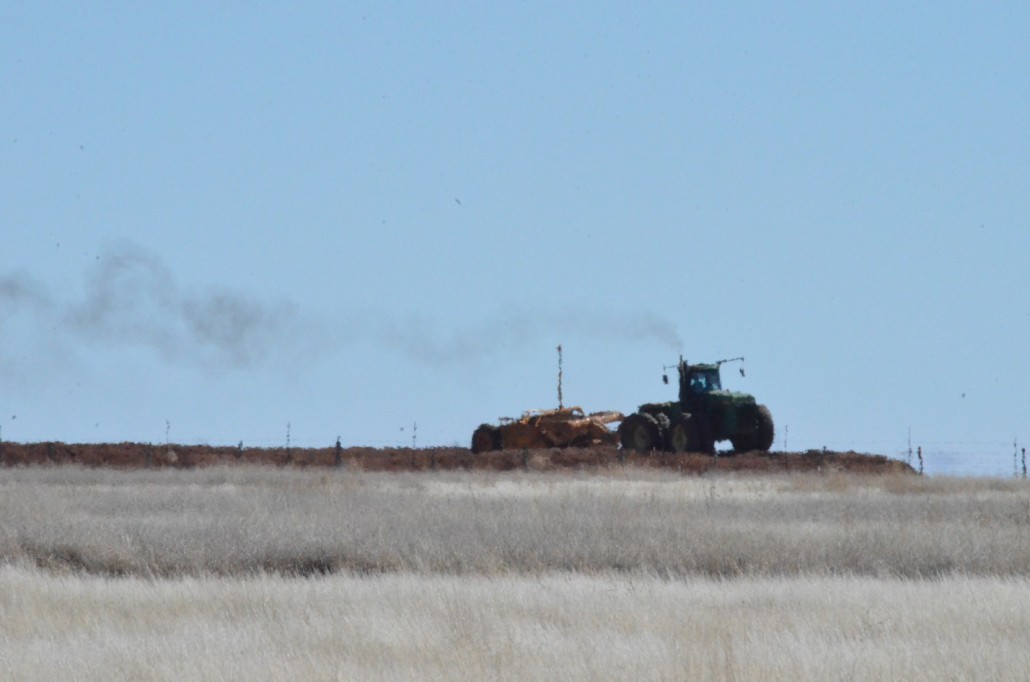
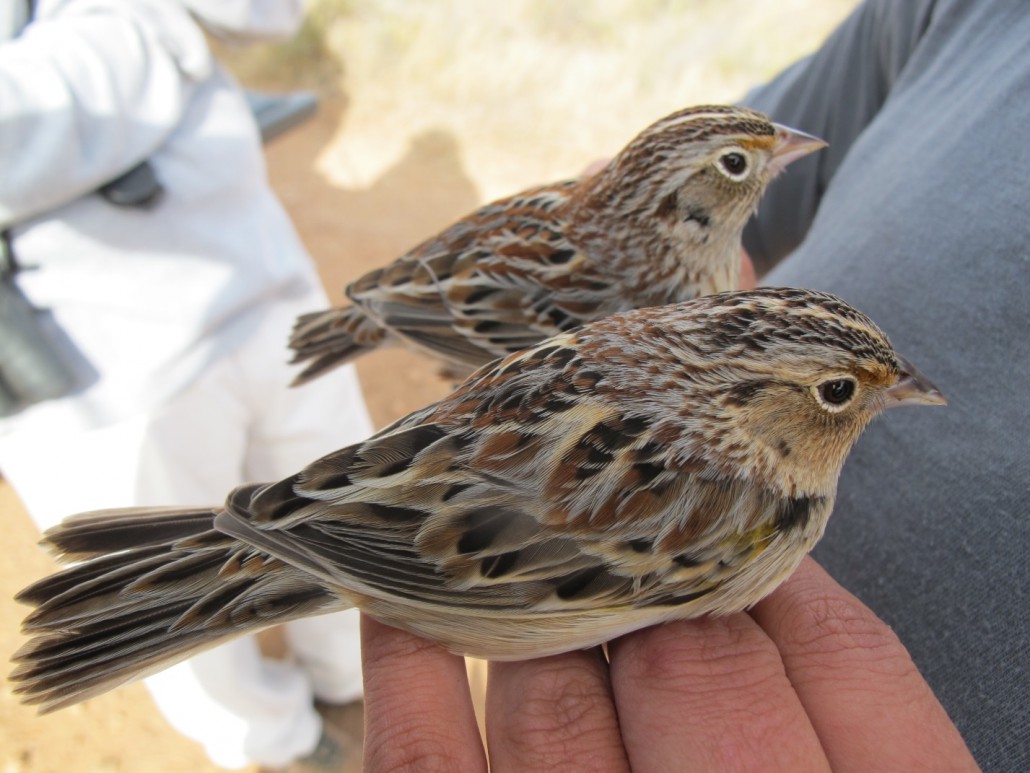
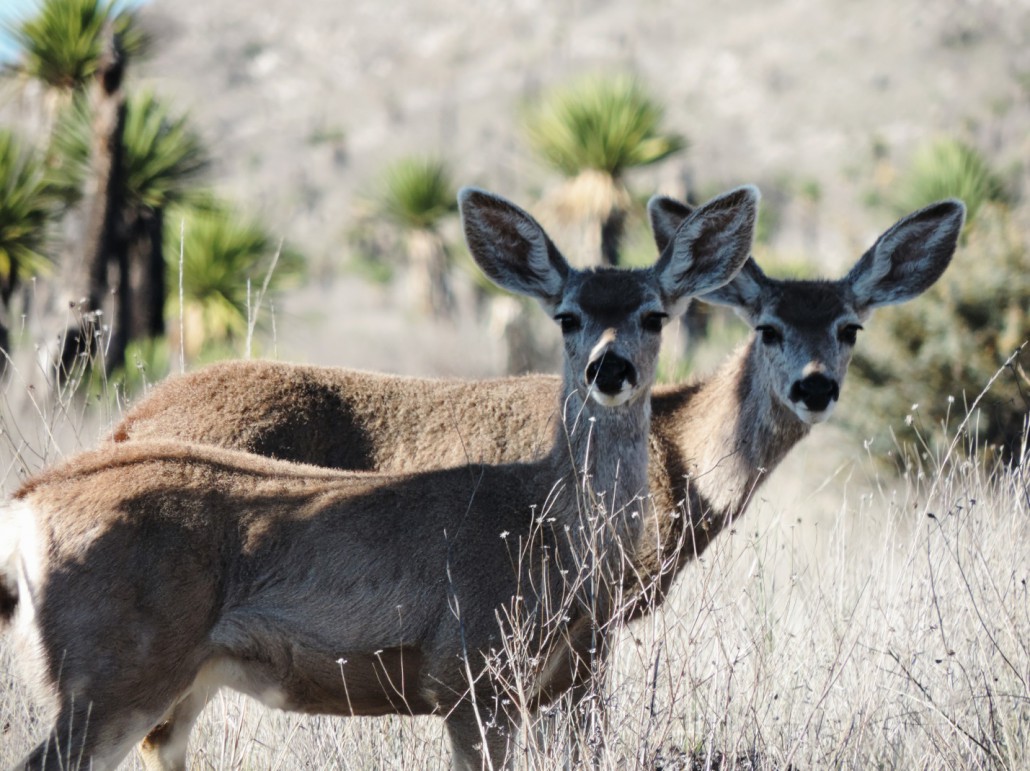
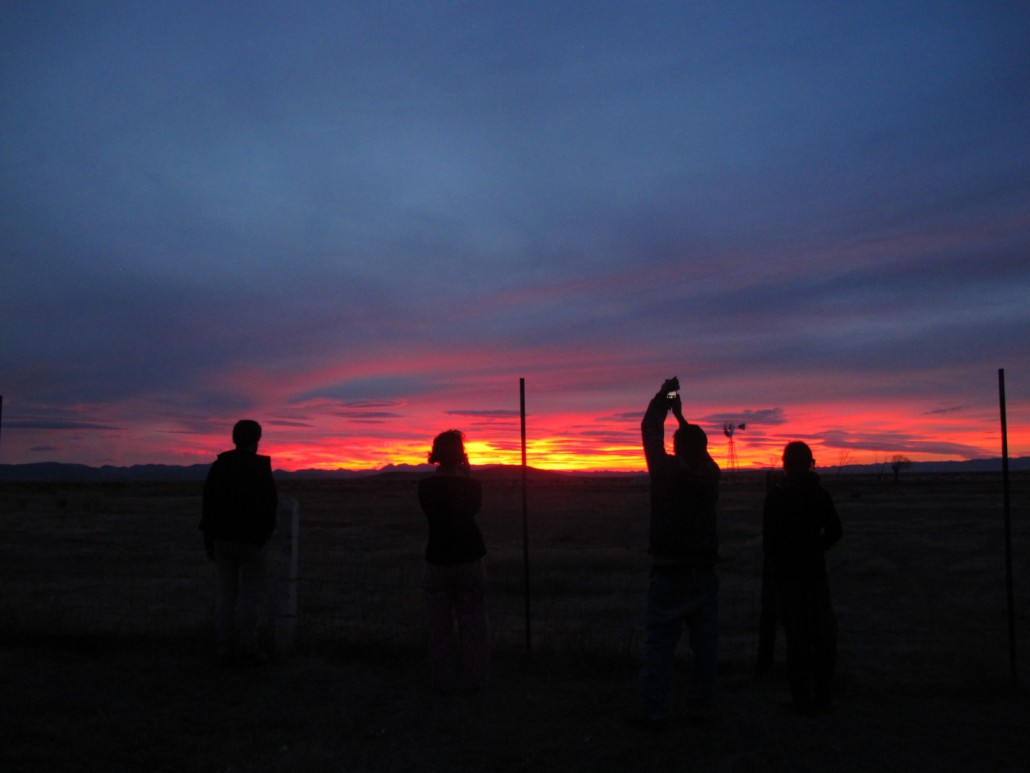
Working Across the Full Annual Life Cycle
One of our goals is to explore the full annual life cycle of these species, pinpointing where and why populations are crashing and identifying geographic connectivity between the breeding and wintering grounds. This spring and summer, we begin a similar project on the breeding grounds in North Dakota to gain an understanding of breeding season survival in adults and juveniles. We’ll track adult and juvenile birds using radio-telemetry and will deploy geolocators to find out where they spend their winters. Who knows, maybe we’ll encounter some of these birds down in Mexico next winter!
Thank you to Universidad Juárez del Estado de Durango, Universidad Autónoma de Nuevo León and The Nature Conservancy for partnering on this research, and the Canadian Wildlife Service, USFWS Neotropical Migratory Bird Conservation Act, USDA Forest Service International Programs and WWF-Carlos Slim Alliance for funding.
Read a prior update from this study season, as well as results from the 2012-13 season and results from the 2013-14 season of this study. We’re already looking forward to season four next winter!
~ Erin Strasser, Biologist







